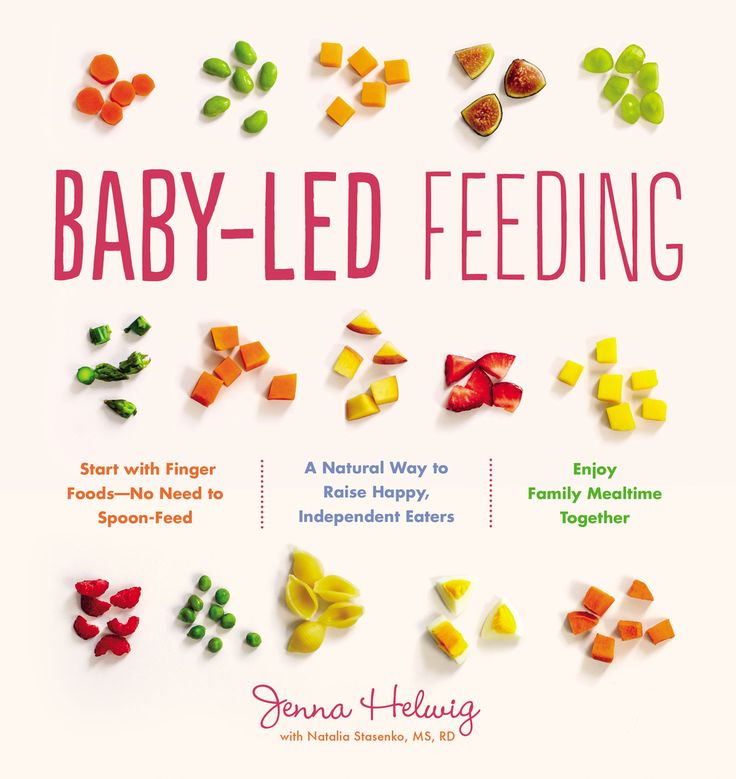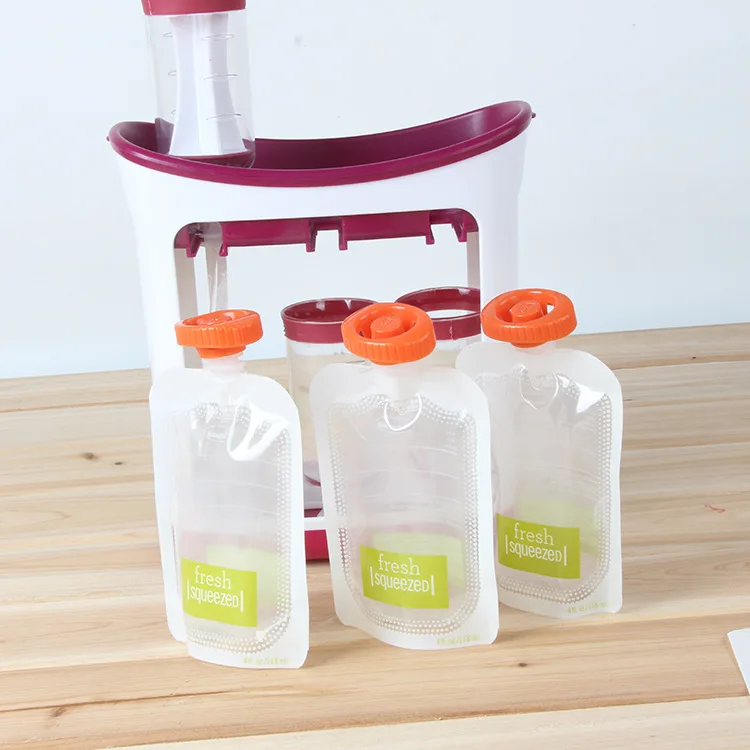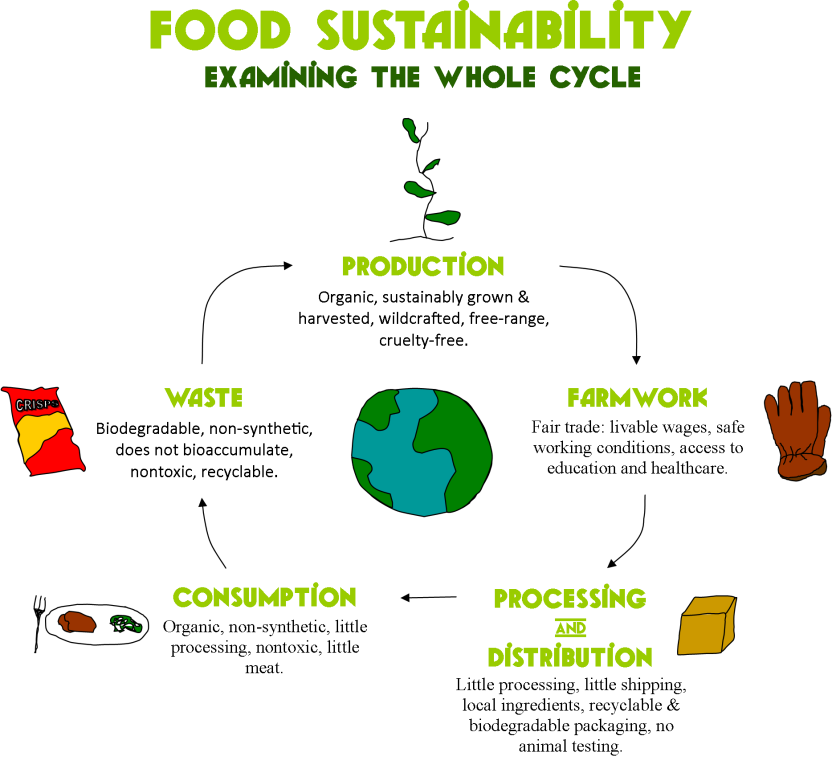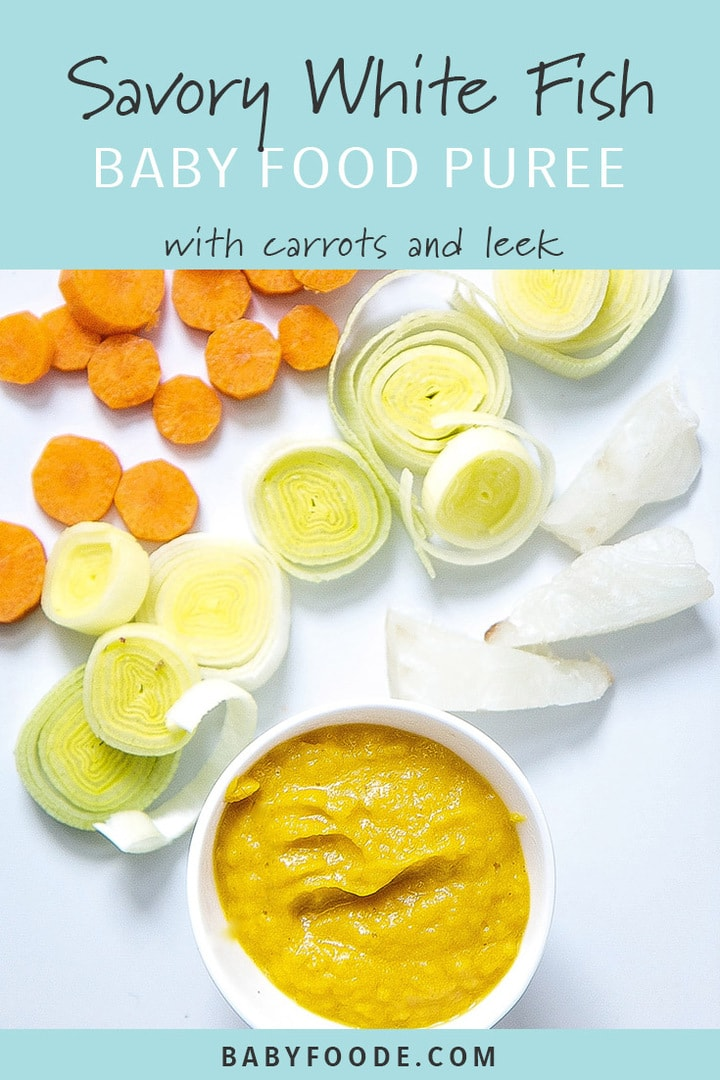How many stages of baby food are there
The 3 baby food stages: What foods and when
Making the leap from breast milk or formula to solids and then eventually to table food is an exciting time. But it’s also a little confusing because there isn’t a one-size-fits-all rule when it comes to baby food stages. While one child may happily take to pureed carrots at 6 months, another may purse their lips at anything but a breast or bottle until 8 months.
To simplify the whole process, here’s a general rule of thumb to keep in mind: Most foods are OK to give to babies in the first year, as long as they’re properly prepared. And if you’re concerned about food storage, read more from our experts on how long baby food lasts.
Here’s the quick lowdown on what to feed baby and when:
- Stage 1: Purees (4 to 6 months).
- Stage 2: Thicker consistency (6 to 9 months).
- Stage 3: Soft, chewable chunks (10 to 12 months).
“With the exception of raw or cooked honey, which shouldn’t be consumed until 12 months because of the risk of infantile botulism, babies can have any food that is texturally appropriate for their developmental feeding stage,” says Dr. Kristen Treegoob, a pediatrician at Children’s Hospital of Philadelphia.
In other words, it’s perfectly fine to give both a 6- and 12-month-old peas, but for the 6-month-old, they need to be pureed.
In the past, parents have been advised to start their baby with single-grain cereals, such as rice cereal, but the American Academy of Pediatrics (AAP) now says there’s “no medical evidence that introducing solid foods in any particular order has an advantage for your baby” — nutritionally or when it comes to long-term food preferences. (So, when your Aunt Joanne tells you that your baby will be a vegetable-hater for life if you start off with applesauce, she’s wrong.)
All of this said, there is a method to the messy madness that is the three stages of baby food. In order to make things less complicated — and more delicious — we tapped top experts and veteran parents to find out everything you need to know about feeding little ones at every stage (plus, we included a handy baby food stages chart). All you have to do now is serve the food and clean the high chair!
All you have to do now is serve the food and clean the high chair!
Stage 1 (4 to 6 months): What you need to know
The fun begins! Stage 1 baby food is typically for babies who are between the ages of 4 months and 6 months. But as with all things parenting-related, it’s important to keep in mind that each baby is different, and there’s no hard and fast rule for starting solids.
“While the AAP recommends exclusively breastfeeding from birth to age 6 months, it’s important to remember that not every baby is exclusively breastfed,” says Dr. Zulma Laracuente, a pediatrician in Alexandria, Louisiana. “Also, some babies show signs of readiness to start food earlier than others. You know your baby best.”
Solids that fall under the Stage 1 category are thin and smooth in texture — not much thicker than breast milk or formula — and contain a single ingredient. If you’re making your baby’s food at home, make sure it’s blended to an almost-watery puree.
“Stage 1 baby foods should have no chunks whatsoever,” says Jenifer Thompson, registered dietician and advanced practice dietician at Johns Hopkins in Baltimore.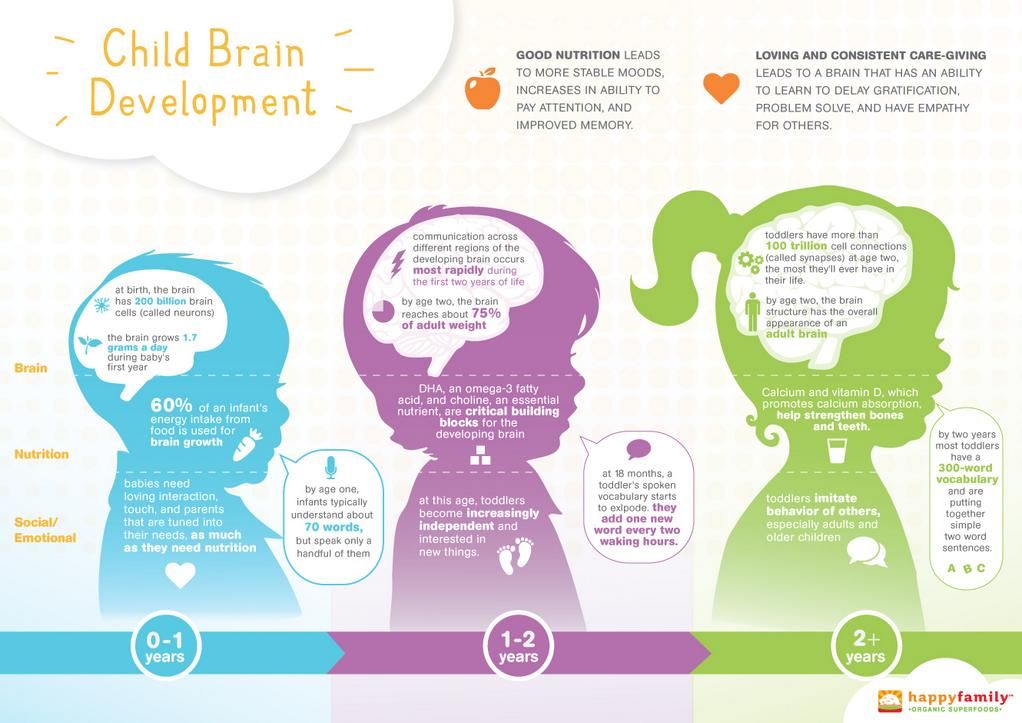 “Formula or breast milk can be added to the purees to make them thinner.”
“Formula or breast milk can be added to the purees to make them thinner.”
While there’s no specific food parents need to start with, many pediatricians recommend beginning with iron-rich foods, such as iron-fortified cereals or pureed meats.
“The reason we advise introducing solids at 6 months and starting with iron-containing foods is because iron stores that were built up during pregnancy are depleting, and iron is important for infants’ brain development,” says Dr. Melanie Custer, a pediatrician at Deaconess Clinic in Evansville, Indiana.
Custer also says that babies should “absolutely not” decrease their breast milk or formula when they first start off with solids.
“Infants still should receive 24 to 32 ounces of formula or breast milk each day,” she says. “Solids at this point are more of a snack, with baby eating about 3 to 4 tablespoons once or twice a day.”
How to tell your baby is ready for Stage 1
According to Treegoob, here are the signs your baby is prepared to start Stage 1 foods:
- They’re showing an interest in what family members are eating.

- They’re learning to open their mouths for a spoon.
- They’ve outgrown the involuntary habit of pushing food and spoons out of their mouth with their tongue.
- They have steady head control.
- They have the ability to move food from a spoon to their throat and swallow without choking.
Stage 2 (6 to 9 months): What you need to know
Time to mix it up! While Stage 2 solids are still basically mush, food has a little more texture at this point, as well as a few soft chunks.
“Stage 2 baby foods are thicker in consistency than Stage 1 purees, and many of the jars you find in stores have some small mashable bits in them,” says Treegoob. “These are great for infants who have done well with Stage 1 but who are not quite ready to chew. The typical age for Stage 2 is between 6 to 9 months.”
Treegoob also notes that the 7 to 9 month time frame is also when many babies begin modifying their breast milk or formula intake.
“As long as an infant’s weight remains on track and they’re drinking enough to stay hydrated, there isn’t a reason to worry if baby is showing interest in smaller or less frequent bottle or breastfeeds,” she says.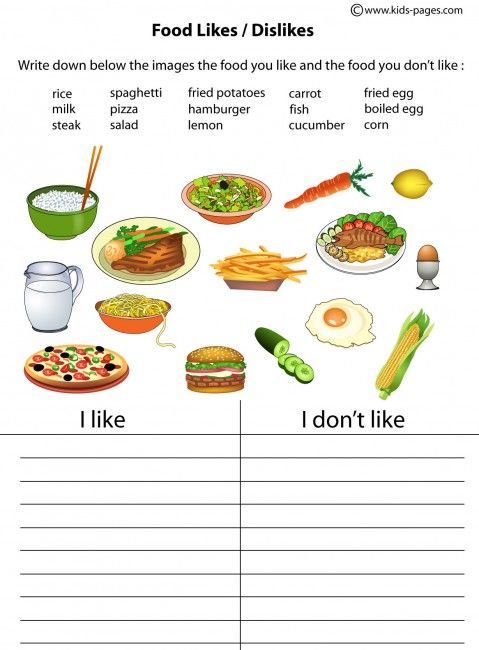 “Infants typically take in somewhere between 24 to 32 ounces a day when they’re between 6 to 9 months.”
“Infants typically take in somewhere between 24 to 32 ounces a day when they’re between 6 to 9 months.”
Whether you’re making your little one’s food on your own or getting it pre-made at the store, you have a little more room to play once you hit Stage 2.
“In addition to being thicker in consistency, Stage 2 foods usually have multiple ingredients, including some spices,” says Custer. “At this point, baby is usually taking in more food than they were in Stage 1, so it’s important to make sure they’re being introduced to a wide variety of foods from different food groups.”
According to the AAP, babies should be eating about 4 ounces of solids — about one small jar of baby food — at each of their meals.
How to tell your baby is ready for Stage 2
Once your baby has consistently been eating Stage 1 foods, they’re likely ready for the next step. Here are other signs to look for, according to Thompson:
- Their oral skills are continuing to develop.
- They’re consistently taking food in and swallowing when you offer it (and not spitting it out).
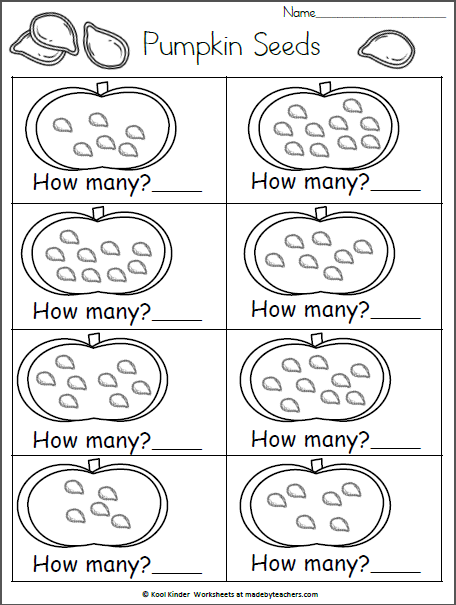
Stage 3 (9 to 12 months): What you need to know
Now, the true culinary adventure begins — Stage 3 foods! While some babies will still happily have mom and dad spoon-feed them mashed food at this age, many babies will have what you’re having at this point — and they’ll do it themselves, thank you very much.
“As soon as we thought he was ready — at about 9 months — we started giving my son softer, cut-up versions of whatever we were having for dinner,” says mom of two Jennifer Reilly, of New York City. “There was more cleanup, but I actually got to sit down and eat my meal!”
Once babies hit the age range for Stage 3 foods, most have the oral and fine motor skills to self-feed.
“Between 8 to 12 months, babies develop the pincer grasp ability and should be able to pick up small pieces of finger foods with their finger and thumb and bring it to their mouth,” says Thompson.
Technically speaking, Stage 3 solids are thicker, more sophisticated versions of the baby food your little one has already been eating (think vegetable and beef pilaf or tender chicken and stars), but also, they’re not necessary for everyone.
“Stage 3 food is starting to have chunks mixed in, in order to prepare baby for table foods,” says Custer. “But some babies wind up skipping this stage altogether and go straight to soft table foods.”
While it’s perfectly fine to continue with Stage 3 foods up to your child’s first birthday, Treegoob advises letting your baby try their hand at “real food.” “Well-cooked veggies, ripe fruits, shredded meat, scrambled eggs, soft cheese and cooked pasta are all great options for babies this age,” she notes.
Between 9 months and 12 months is also when you’re likely to see a significant drop in how much breast milk or formula your baby is drinking.
“As babies continue to eat table foods, I’ve seen their breast milk or formula intake drop to as low as 16 to 20 ounces per day,” Treegoob says. “That said, some infants continue to show a heavy preference for breast milk or formula despite months of solid introduction. If you feel like your baby may be drinking excessive amounts of breast milk or formula, and they have no interest in food, I would recommend speaking with your pediatrician. ”
”
How to tell your baby is ready for table food
Your child’s readiness to start table food will likely be more discernible than any other baby food stage. As long as they’re continuing to hone their oral skills, as well as their ability to pick food up and bring it to their mouth, you can count on them to let you know they’re ready for “big kid” food.
“My daughter looked like she was ready for pasta, eggs and basically anything we were eating shortly after she started solids,” says mom of two Julie Cortez of Brooklyn, New York. “We waited until about 8 months, when we knew she knew how to properly eat, and sure enough, she ate her whole plate on the first go! We completely skipped the Stage 3 jars of food.”
Follow these safe feeding must-knows
Even though your baby’s eating skills will continue to progress as they gain more experience, it’s important baby is always sitting upright, strapped in a high chair and never left unattended while eating. Also, make sure table food is always soft and cut into small pieces to avoid choking hazards.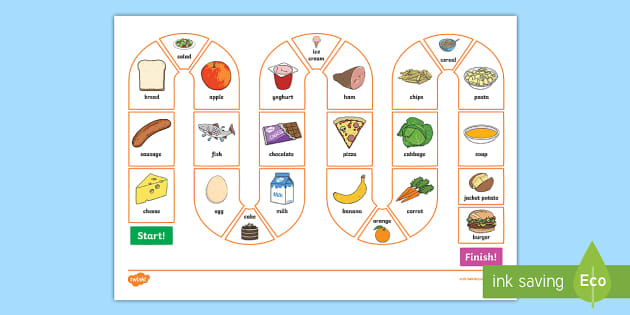 When first starting out with solids, be sure to wait a few days before giving them something new.
When first starting out with solids, be sure to wait a few days before giving them something new.
“This allows for observation for any adverse reaction or intolerance to the new food,” Thompson says.
And finally, be sure to give your baby a wide range of healthy food in order to expose them to a variety of tastes and textures — and don’t be discouraged if they don’t take to a specific food at first.
“If baby refuses a food or makes a strange face when eating, this may simply mean that it is a new food and unfamiliar to them,” Thompson says. “Try again. It may take 10 to 20 exposures of a new food before they accept it.”
Here’s more on every baby food stage:
- Stage 1 baby food.
- Stage 2 baby food.
- Stage 3 baby food.
Guide to Baby Food Stages (Purees and BLW)
Learn everything you need to know about Baby Food Stages in this easy-to-read, comprehensive guide. It explains the different feeding stages, going over what every stage — Stage 1, Stage 2, and Stage 3, Finger Foods, and Baby-Led Weaning — is all about.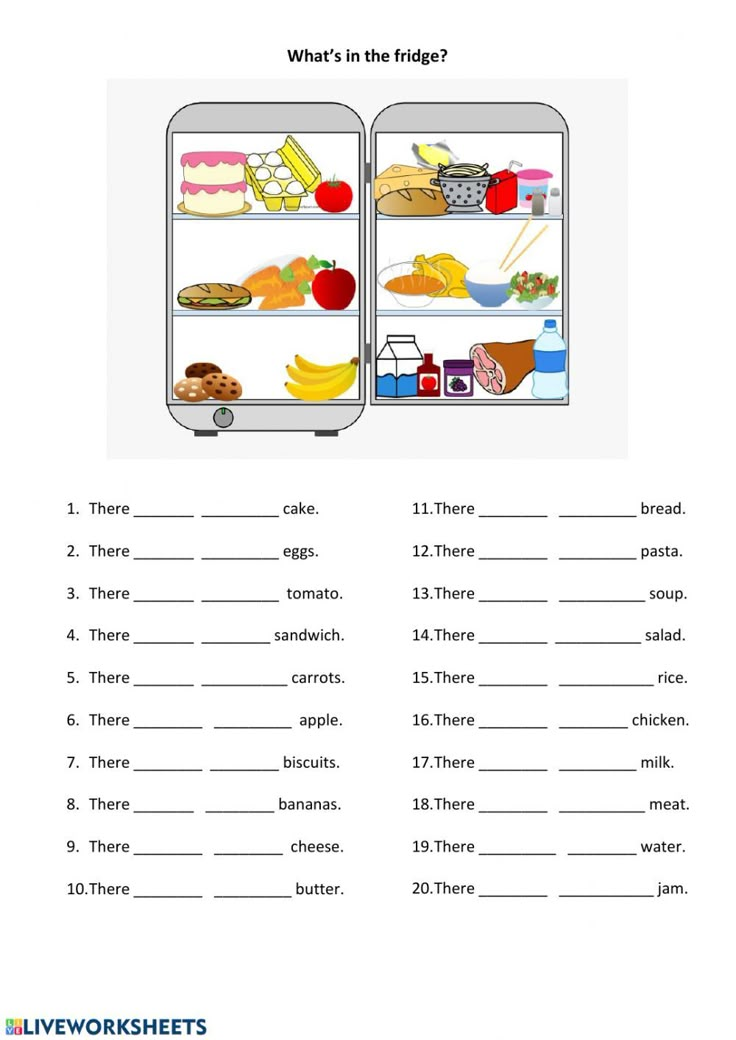
Medically reviewed by Jamie Johnson, Registered Dietitian Nutritionist (RDN)
Baby Food StagesAre you finding the baby food feeding stages confusing?
Well, you are not alone!
Stages 1, 2, 3, table foods, finger foods, baby-led weaning… ahhh… help! What does it all even mean? 🤯
Don’t worry; I’m here for you!
I broke down each stage into an easy-to-digest (pun intended) guide. 👊
What is in this guide:
- Baby Food Ages
- When Can Baby Start Solids?
- Overview: Purees – Stages 1, 2 and 3
- Overview: Baby-Led Weaning or Finger Foods
- Stage 1 Purees
- Stage 2 Purees
- Stage 3 Purees
- Baby-Led Weaning or Finger Foods
Baby Food Stages Video
Watch this video to see how the different baby food stages compare.
Baby Food Ages- Stage 1 Purees: 4-6+ months
- Stage 2 Purees: 6+ months
- Stage 3 Purees: 9+ months
- Finger Foods: 10+ months
- Baby-Led Weaning: 6+ months
When a baby can start on solids is determined by their own rate of development. Generally, it occurs between 4-6 months of age for purees and 6+ months for baby-led weaning. Some of the developmental milestones babies need to reach in order to start solids include: if your baby has solid control of their head and neck, if your baby has doubled in weight, and if your baby is reaching for or opening their mouth when you eat (see my guide here). But remember, before you start baby on solids, you should consult with your pediatrician to make sure your child is developmentally ready.
Generally, it occurs between 4-6 months of age for purees and 6+ months for baby-led weaning. Some of the developmental milestones babies need to reach in order to start solids include: if your baby has solid control of their head and neck, if your baby has doubled in weight, and if your baby is reaching for or opening their mouth when you eat (see my guide here). But remember, before you start baby on solids, you should consult with your pediatrician to make sure your child is developmentally ready.
So, to start, Baby Food Purees are grouped into 3 different stages — Stage One, Stage Two, and Stage Three. Without a doubt, they all consist of baby food purees. But they actually range from single-ingredient smooth purees to chunky combination purees filled with soft-cooked foods. Here’s a quick reference:
Stage One- the first stage of feeding
- single-ingredient thin purees
- smooth and easy to swallow
- high chair
- suction bowl
- spoons
- bib with food catcher
- slightly thicker
- combination purees made up of several different ingredients like fruits and vegetables
- may also include yogurt, grains, and proteins
- combination purees with soft-cooked chunks of food
- perfect for babies that need to practice chewing and swallowing foods
First time making homemade baby food? Then, I would suggest that you start by reading my very in-depth Guide on how to Make Homemade Baby Food – which goes over all the important information such as the best cooking tools to have on hand, safe storage, how to know when baby is ready for solids, how to introduce purees, the best first foods for baby, and more! If you are doing Baby-Led Weaning, then be sure to check out my Complete Guide to Baby-Led Weaning – which covers what exactly is baby-led weaning, to every parent’s concern of baby-led weaning and choking, this guide goes over it all. I will also share how to know when baby is ready for BLW, the top 10 best first foods, a helpful sample blw feeding schedule, helpful tools to have on hand, and much much more!
I will also share how to know when baby is ready for BLW, the top 10 best first foods, a helpful sample blw feeding schedule, helpful tools to have on hand, and much much more!
Basically, Baby-Led Weaning and Finger Foods are the same types of food; they’re just served to your baby at different times. Baby-Led Weaning is a newer approach to feeding your baby where you skip the puree stages altogether. Rather, you serve baby chunks of cooked food. Whereas Finger Foods, or sometimes referred to as Table Foods, are typically served to your baby after they master Stage 3 baby food purees.
In short, finger foods are served at 10+ months and baby-led weaning starts at 6+ months.
You can read more here: The Ultimate Guide to Finger Foods for Baby-Led Weaning.
Baby-Led Weaning Products We Love- high chair or clip-on chair
- mat for under high chair
- suction plate
- self-feeding spoons
- long-sleeved bib
Stage 1 baby food is the first type of puree you will be introducing to your baby.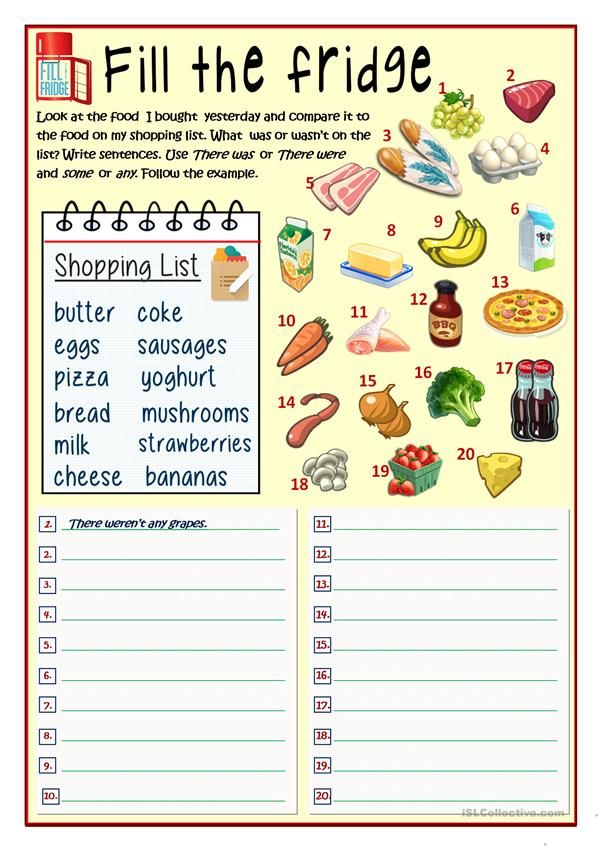 Made with a single ingredient and pureed until smooth, these simple purees are perfect for your budding eater. Besides, they are nutritious and full of flavor!
Made with a single ingredient and pureed until smooth, these simple purees are perfect for your budding eater. Besides, they are nutritious and full of flavor!
- age: 4-6+ months
- single-ingredient recipes
- smooth texture
- can be thinned out (similar to a thick soup but dripping off the spoon)
- first bites can be fruits, veggies, or grain cereal
Here are a few tips:
- first, offer your baby one puree at a time to watch for any allergic reactions
- also, consider offering different colors of food and flavors to start developing their palette
- 15 Stage One Baby Food Purees (4-6 months)
- 4 Homemade Baby Cereal Recipes (4+ months)
- 36 Healthy + Homemade Baby Food Recipes (4+ Months)
Meanwhile, Stage 2 purees will make your baby’s mealtime more exciting with multiple ingredients. This time, you can focus on exposing your baby to various fruits, veggies, grains, and proteins. Plus, you can also add spices and herbs to come up with appetizing and unique flavor combinations.
Plus, you can also add spices and herbs to come up with appetizing and unique flavor combinations.
- age: 6+ months
- combination of multiple-ingredient purees
- smooth texture
- can have a thicker consistency than stage one purees
- great way to expose your baby to a variety of flavors and food colors
- may include plain yogurt, grains, and proteins
- 18 Stage 2 Baby Food Purees (That Baby Will Actually Eat)
- 15 Fast + Easy Baby Food Recipes (made in under 15 minutes!)
- 18 Breakfast Ideas for Baby (6+ months)
In contrast, Stage 3 is full of hearty meals with multiple-ingredient purees plus soft-cooked chunks of food. This stage is all about giving your baby time to learn how to chew and swallow small pieces of soft foods. Then the next step will be finger foods or table foods.
- age: 9+ months
- combination purees and soft-cooked chunks of food
- also a great way to expose your baby to various food flavors and colors
- features wholesome fruits, vegetables, grains, meats, yogurt, even spices
- easy to make — simply pulse your own meal with a blender to turn it into a baby meal
- 18 Stage 3 Baby Food Recipes (Easy, Delicious + Homemade)
As mentioned, Baby-Led Weaning is actually a newer approach to feeding your baby where you skip the puree stages altogether. Instead, you serve small chunks or strips of cooked food right from the very start. Ultimately, you would be feeding your baby the exact food you are having at that meal.
Instead, you serve small chunks or strips of cooked food right from the very start. Ultimately, you would be feeding your baby the exact food you are having at that meal.
However, finger foods can be served to your baby after Stage 3.
To sum up, finger foods and the food you serve to baby for Baby-Led Weaning are the same foods. But they are served at different times during your baby’s eating journey. Finger foods are served at 10+ months, while baby-led weaning starts at 6+ months.
If you want to learn more, check out my Ultimate Guide to Finger Foods for Baby-Led Weaning.
- baby-led weaning age: 6+ months
- finger food age: 10+ months
- both include chunks of cooked foods
- can be served in 2-3 inch strips or chopped to pea-sized pieces
Remember, avoid hard foods such as hot dogs, popcorn, dried fruit, nuts, etc., that can be choking hazards.
Baby-Led Weaning (Finger Food) Recipes- 125 Baby Led Weaning Foods (Starter Foods + Recipe Ideas)
- 8 Baby-Led Weaning Meal Ideas for Baby + Toddler
- 6 Baby-Led Weaning Breakfast Ideas
Canned nutrition - Understanding age
Viktoria Levchuk©
Parents often come across complementary food tables and schemes that indicate the approximate portion at each age stage, and when which product should be introduced into the child's diet. The dream of any mother is a unified policy for the introduction of complementary foods, so that the industrial production of baby food agrees with pediatricians and mothers on the age of introduction of the product into complementary foods. Some brand labels can be confusing when to use prepared foods, as well as how to combine canned food with home cooking.
The popular Gerber brand has registered trademarks labeled "1st Foods", "2nd Foods" and "3rd Foods". Other brands simply use "1", "2" or "3" or indicate the child's age in months, and some use it to indicate the stage at which a child is ready for a certain type of food consistency.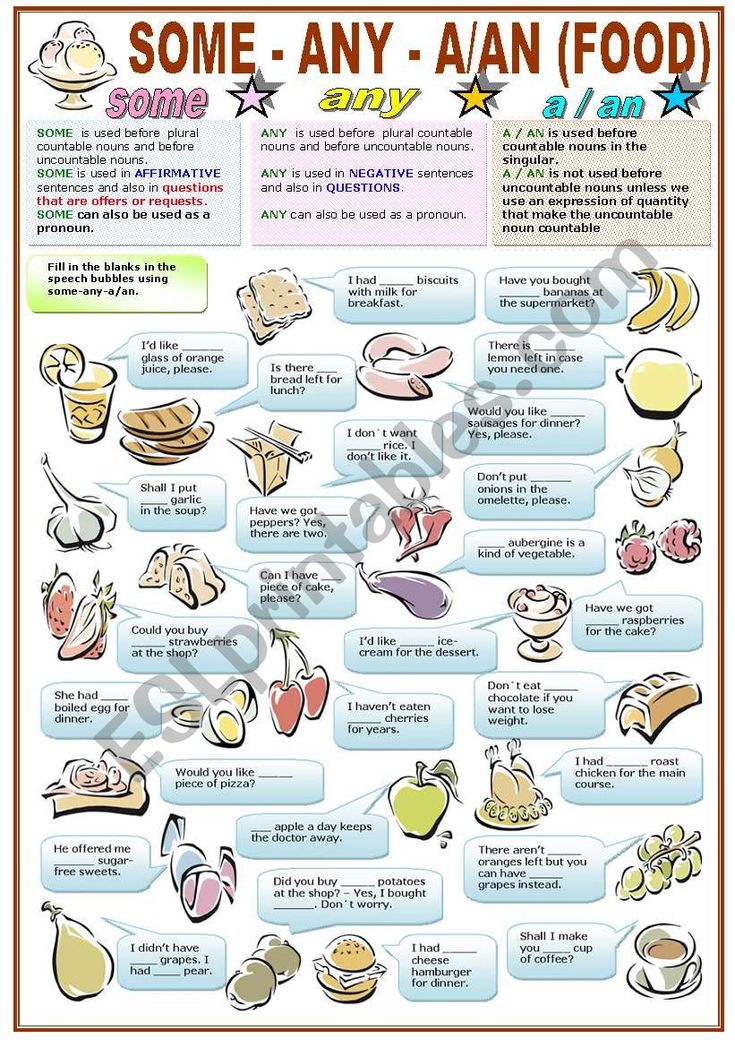
WHO baby feeding steps
Table of Contents:
The World Health Organization, in its booklet Infant and Young Child Feeding and Nutrition, divides childhood into several stages. These main stages are calculated up to the year of the child, they imply a smooth transition of the baby "from mother's milk to food from the family table." The most popular brands of baby food use the main stages of the transition of the child's diet in the labeling of canned food. There are four stages in total, starting at 4 months and ending at 12 months. These steps are not standardized. nine0005
You can read more about the age stages of baby food in the following articles:
- First stage of baby food: (4) 6-7 months
- Second stage of baby food: 7-8 months
- Third stage of baby food: 8- 10 months
- Fourth stage of infant feeding: 10-12 months
Food can label
Stage 1: Age at (4) 6 to 7 months
Start of complementary foods at (4) 6 to 7 months of age, includes foods from one-ingredient, smooth, light texture without a single lump, with a low level of allergy, without salt, sugar and seasonings, for example, rice porridge or zucchini puree.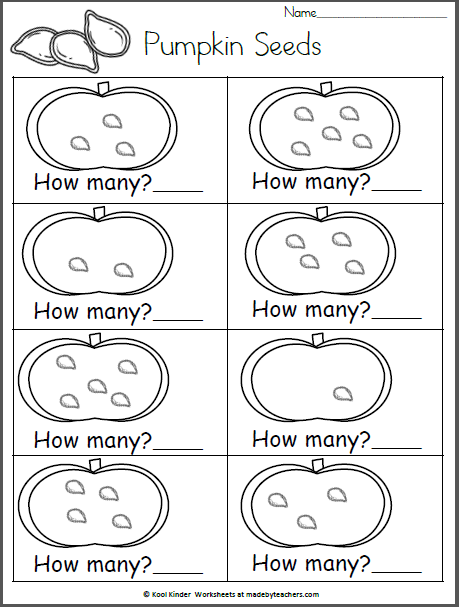
Here are some examples of popular brands:
- Silent porridge Fleur Alpine from 4 months
- rice porridge HIPP from 4 months
- Rice porridge Sempler Sempler from 4 months
- puree from 4 months of
- zucchini Sady pridonya from 4 months
- Gerber zucchini puree from 4 months
Stage 2: Age 7 to 8 months
When children are 7 to 8 months old, they are given one-component and two-component products, simply pureed, medium density, sometimes products that seem to rubbed, i.e. food appears in pieces that are easy to swallow, but do not choke. Products are given with a low level of allergy, but slowly they begin to introduce the child to the average.
Second step product examples:
- Bebivita vegetable soup with beef from 8 months
- Bebivita mixed vegetable puree from 7 months
- Rabbit ragout with Gerber broccoli from 8 months
- Semper veg with veal liver from 8 months fritters
- Carrots with potatoes and salmon Hipp from 8 months
- Mixed vegetable puree Hipp from 7 months
- Welling oatmeal with banana and prunes Semper from 8 months
Stage 3: Age from 8 to 10 months
Between 8 and 12 months of age, babies receive a thicker textured meal that is easy to chew and swallow.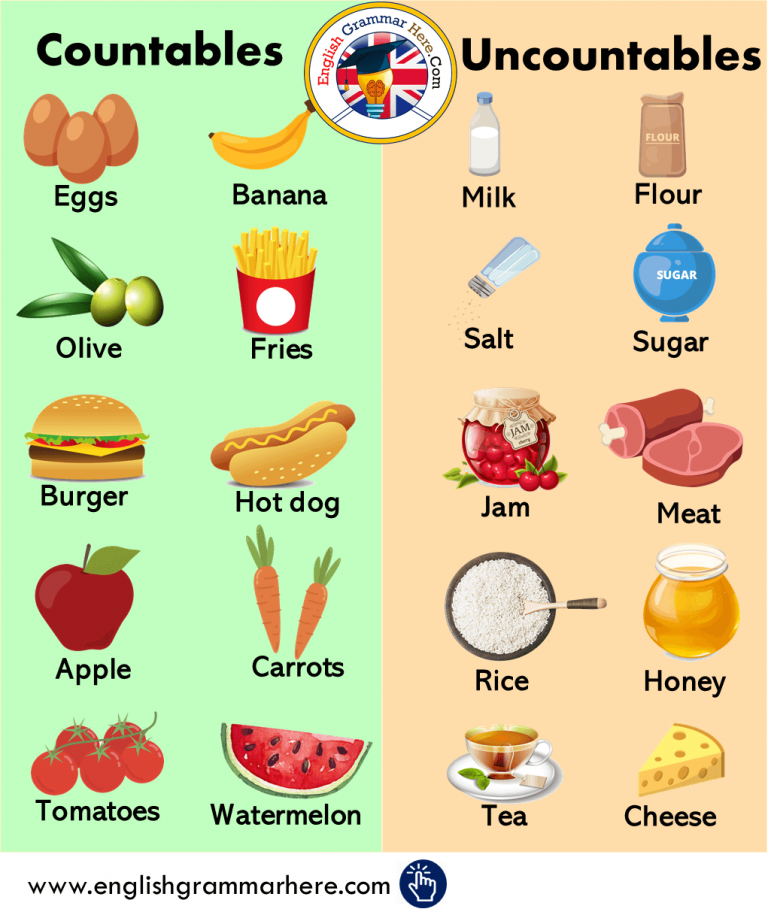 There are more three-component purees. Foods with small pieces help stimulate baby's chewing. Sugar, salt and spices are still missing from baby food.
There are more three-component purees. Foods with small pieces help stimulate baby's chewing. Sugar, salt and spices are still missing from baby food.
Examples of products from the third stage:
- Hipp noodles with sea fish and vegetables in creamy sauce from 10 months
- Mediterranean risotto with sea bream Semper from 10 months
- Gerber Italian treat from 10 months
- Marmaluzi mashed potatoes with fish pieces from 9 months
- Vegetable stew with salmon and Semper rice from 9 months
3-stage jar food is very easy to find in the store. Around this period, according to manufacturers of baby food, the child's appetite increases, respectively, and the portion he consumes, so we focus on jars of 200-250 grams per serving. But usually a child is not able to eat that much at the age of 9-10 months, even if this portion is written in all textbooks on baby food. But what about throwing away the leftovers?
Calm down, around this period, many mothers begin to cook for 2 times (the dish is stored in the refrigerator for about 24-36 hours), the child's body is already strong enough and adapted to complementary foods that pathogenic microbes in the finished dish are not dangerous to him. We just follow the rules of cleanliness, namely, we took a clean spoon, put a small portion from the jar into a separate plate, put the jar in the refrigerator with the rest of the food, and warmed up the postponed dish, fed the baby. nine0005
We just follow the rules of cleanliness, namely, we took a clean spoon, put a small portion from the jar into a separate plate, put the jar in the refrigerator with the rest of the food, and warmed up the postponed dish, fed the baby. nine0005
Stage 4: 10 to 12 months
Approximately one year old, the consistency of baby food is close to that of an adult table. If by 10 months the dish is thick with pieces of food, then closer to 12 months the baby eats small pieces of food, by 1.5 years it completely eats adult dishes, only occasionally large pieces that are difficult to chew, for example, meat, are crushed by adults.
By the age of 2, the child eats completely from the common table without the help of strangers. At this point, you can continue to feed the baby with canned food or completely transfer the baby to an adult table. Parents who initially fed the baby only canned food, by about 2 years old, are transferred to homemade food, i.e. up to 2 years they do not refuse jars, simply because they are used to it and it is convenient, safe, etc. nine0005
nine0005
Examples of products of the fourth stage:
- Young potatoes with green beans and Hipp rabbit from 12 months
- Italian pasta with trout in Semper cream sauce from 11 months
- Heinz0 apple-raspberry-blackcurrant milk porridge from 12 months 0 from 12 months
- Multi-cereal Semper porridge from 11 months
0005
- Vegetables with rice and beef stroganoff Semper from 18 months
- FrutoNyanya apple-raspberry puree (fruit pieces) from 12 months
- Fleur Alpine Organic apple marmalade cookies from 18 months 3 years.
However, it should be noted that after a year, all age restrictions indicated on canned food most likely carry information on products allowed for a given age, and not food consistency. We also take into account that the portion for a 3-year-old child is much larger than for a one-year-old baby. For example, Frutonyan has milk porridges of 200 ml from 6 months, and 500 ml from 3 years old, the porridge can be identical in composition, the difference is only in the portion.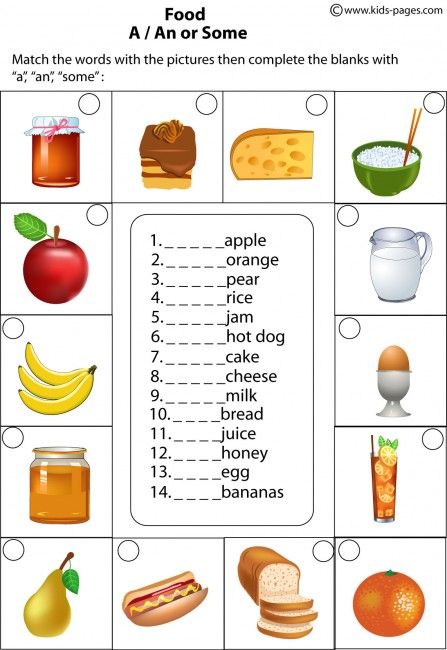 nine0005
nine0005
Canned food age recommendations
Please note that the age recommendations for each stage are only general recommendations. The age of introduction of complementary foods for each child is individual, so one will be ready at 5-6 months, and the other closer to 7 months. We look at signs of readiness for complementary foods, consult a pediatrician.
Moreover, the transition to a new consistency also occurs individually, as the baby is 7-8 months old, it is impossible to abruptly transfer the baby to thicker food or add hard pieces, there may be consequences in the form of vomiting or suffocation. It is important that the child gradually learns to chew food, with gradual complication, for effective skill acquisition. Don't forget our pediatricians, who can help a mother determine if a baby needs extra time to learn chewing skills or if it's time to move on to the next stage. nine0005
Consistency of food up to a year. Click on me!!!
And a little about baby food manufacturers.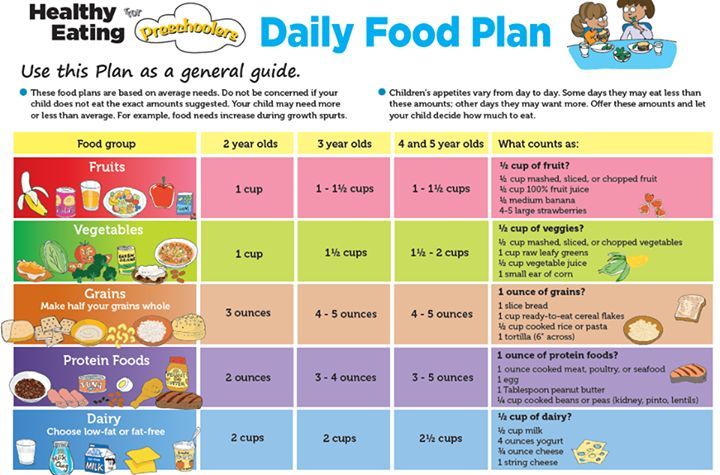 They indicate early dates for the introduction of complementary foods, this is a common marketing ploy to sell more, or they simply do not want to revise the layout of their labels, taking into account the recommendations of Russian pediatricians or the World Health Organization. Although recently, there is less and less canned food on sale, recommended from 3 months.
They indicate early dates for the introduction of complementary foods, this is a common marketing ploy to sell more, or they simply do not want to revise the layout of their labels, taking into account the recommendations of Russian pediatricians or the World Health Organization. Although recently, there is less and less canned food on sale, recommended from 3 months.
The main thing is that parents understand and know the rules and terms for the introduction of complementary foods, as well as listen to their intuition, which does not deceive. The appearance and abilities of the baby will tell parents more about the readiness for complementary foods than the age marking on canned food. nine0005
Chaos in canned food
A strange name for a subtitle, but it's hard to describe in another way what is happening in the industrial production of baby food. Each brand has its own recommendations for the introduction of complementary foods, based on their data, they label jars. Moreover, it is very difficult to understand their logic. The first two steps are easy for many parents because in general one or two ingredient purees are easier to navigate than multi-ingredient purees.
Moreover, it is very difficult to understand their logic. The first two steps are easy for many parents because in general one or two ingredient purees are easier to navigate than multi-ingredient purees.
Therefore, the first 2 stages parents either listen to a pediatrician, or look at a diagram from the Internet, or follow a complementary food table, which is listed on the website of their favorite canned food manufacturer. Although here, too, manufacturers can spoil the situation, so I met thickeners in the form of oatmeal in one-component baby purees (to which an allergy is possible at the beginning of complementary foods). Think for a moment, a one-component puree should contain 1 product and water, the only additional ingredient, but no, they can put any thickener, and it’s good if it’s rice or oat flour, but if the thickener is a preservative? Therefore ALWAYS read the composition of baby food before you buy it.
The first 2 stages seem to be not difficult, but as soon as the child approaches the 3rd stage or lumpy food, then it's just a disaster. Either some manufacturers do not produce food with pieces, then they do, but the composition is complex, there are many ingredients, more than half of the child was not introduced into complementary foods. Parents have to switch from one brand to another or choose 2-3 brands that inspire confidence.
Either some manufacturers do not produce food with pieces, then they do, but the composition is complex, there are many ingredients, more than half of the child was not introduced into complementary foods. Parents have to switch from one brand to another or choose 2-3 brands that inspire confidence.
Consider the situation on the example of milk. Now pediatricians, scientists and most parents agree that it is better to introduce dairy products into complementary foods gradually, starting with fermented milk, and milk is given after a year. But what do manufacturers of baby food offer us, milk porridge from 6 months old, or goat milk porridge from 4 months old. It seems that the recommendations of doctors for brands of baby food are empty space, the main thing for them is to offer an assortment, and parents will have to take care of the children. Therefore at the beginning of complementary foods, it is important to decide on a strategy, namely, to choose at least approximately a table of complementary foods or to make a list of the introduction of products, focusing on the recommendations of a pediatrician. You can not blindly buy canned food, looking at the age on the label.
You can not blindly buy canned food, looking at the age on the label.
No one canceled the risk of an allergy to a product, and the earlier a child gets acquainted with a highly allergenic product, the stronger the reaction, read here for more details. If you feed the baby only canned food, focusing on age markings, that the child will eat delicate light food that will not teach him to chew, and then at 2 years old the question arises: Why does the child vomit on adult food? And the answer is simple, his body simply does not know how to chew, swallow and digest ordinary adult food. Therefore, as always0007 I speak and will speak and write, everything in moderation, the golden mean.
Canned nutrition is convenient, simple and easy, but should be in moderation. Up to a year, diversity, diversity, the first 2-3 months is a quiet pace, which grows and grows by the year. We offer the child different food, canned and homemade, but at stage 3 we try to give more homemade food, because it is always different, well, it is not possible to make mashed potatoes always the same, especially if you use only a fork, this is what the baby needs, different textures, different components, as in the game - different levels, for complication.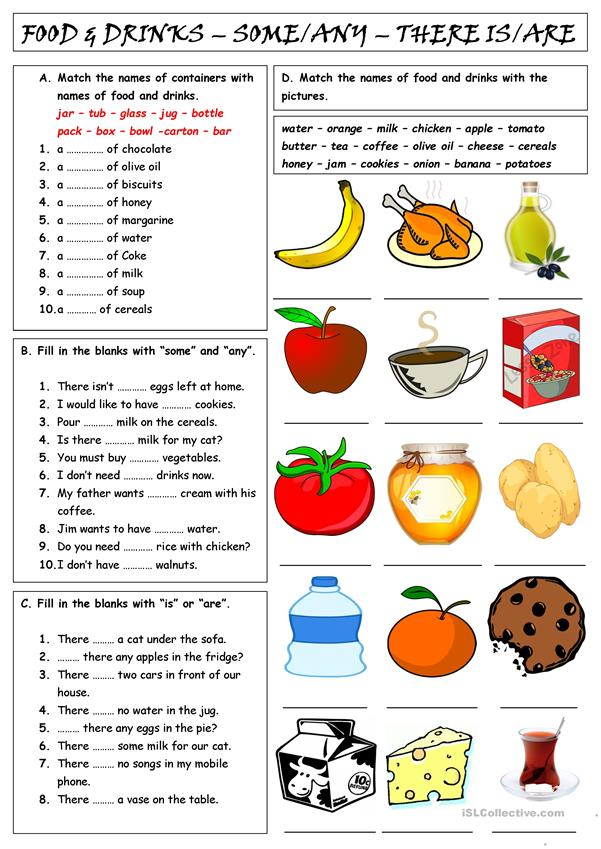 nine0005
nine0005
Therefore, from the above, there are some rules to follow:
- Never look at the age marking on canned food;
- Always check the composition of the canned food;
- Always taste baby puree before giving to baby;
- Comply with safety measures for the quality of canned food, such as cotton when unscrewing the lid, storage temperature, etc.
- If the composition is multi-component, even if the products were introduced separately into complementary foods, give a jar very carefully, for example, give not all, but only 1/3 of it. nine0022
Stage 2 baby food: what is it, when to start and what options to try
Contents
- What is stage 2 baby food?
- Stage Identification by Brand
- What is the difference between Stage 1 and Stage 2 meals?
- When and how should I start feeding my baby 2nd stage complementary foods?
- What are your baby food options for stage 2?
- Store-bought baby food stage 2.
 nine0022
nine0022 - Homemade Baby Food Stage 2
- Store-bought baby food stage 2.
- Conclusion
Accompanying your child through the different stages of learning how to eat real food is an exciting journey. Sometimes, along with a sense of pride - - you can feel a little confused. How should you navigate milestones?
What is stage 2 baby food?
Let's start from the beginning: what do the stages of baby food mean?
Rome wasn't built in a day, and your child's digestive system won't jump from liquid to solid in one day either. That's what baby feeding stages are for - to help your baby manage the mechanics of eating and ease the transition to your baby's digestive system. nine0005
Determining milestones by brand
Although the different baby food steps are not standardized (if they were, your life would be easier!), most popular brands more or less follow these four steps:
- Step 1: From 4 up to 6 months (single ingredient watery puree)
- Stage 2: 6 to 9 months (thicker texture, strained or puréed)
- Stage 3: 10 to 12 months (porridge with soft chewy small pieces ) nine0022
- Stage 4: After 12 months (food that you can eat with your fingers and small soft pieces of food that you share with your dinner)
What is the difference between eating the first and second stages?
Stage 1 food is quite watery. They turn into a smooth paste that runs off a spoon easily, so stock up on bibs. These products usually consist of one ingredient: oatmeal, apples, carrots. Your child will start eating about half a teaspoon of this. nine0005
They turn into a smooth paste that runs off a spoon easily, so stock up on bibs. These products usually consist of one ingredient: oatmeal, apples, carrots. Your child will start eating about half a teaspoon of this. nine0005
Stage 2 food becomes more exciting. They are strained or ground into a thick paste. They are made from a combination of foods that can include legumes and even meat or fish. They can combine flavors, such as fruit and vegetable blends. Your child's appetite is growing and you will have to keep up with larger portions.
When and how should I start feeding my baby 2nd stage complementary foods?
Around the age of 6 to 9 months, your baby is probably ready to switch to stage 2 complementary foods. Not every child will stick to this schedule, simply because every child is a separate world. nine0005
Here are a few signs that your baby is ready to move on:
- Tongue reflex: Around five months old, your baby will begin to lose the tongue thrust reflex and will not immediately push out the food you are trying to feed.
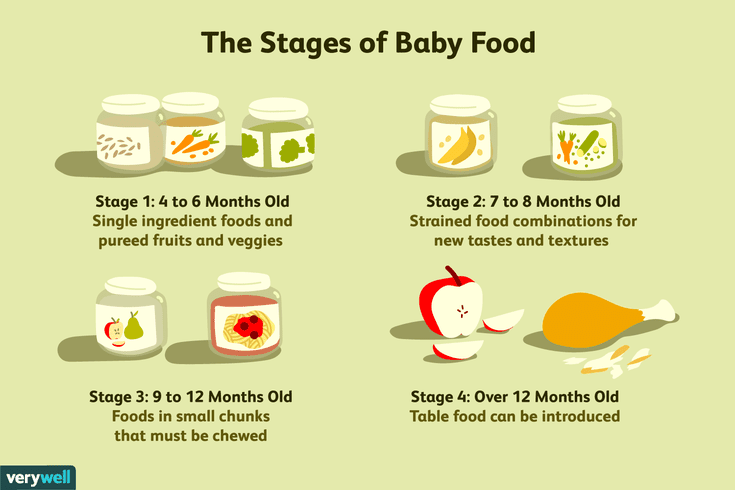
- More Please: They will easily eat the first stage foods and look hungry to eat more.
- Variety: They ate foods from all food categories (vegetables, fruits, legumes, grains, meat) and showed no allergies or intolerances. nine0022
- Enjoyment: They easily eat a spoonful of food in stage 1, swallow and swallow with pleasure.
At this exciting stage, feel free to give your child most of the foods. By offering them a wide range of flavors and textures, you give them the foundation for a healthy diet and also make it easier for you. Be aware of the following safety considerations:
- Choking Hazard: Avoid nuts, seeds, and popcorn at this stage. And don't forget to cut round foods like grapes and hot dogs lengthwise. nine0022
- No honey: Babies under 12 months old should not be given honey as it can lead to botulism.
- No Juice: Follow AAP recommendations and stick to breast milk, formula or a little water and stay away from juices.

- Safe feeding: Always fasten your child to a high chair and supervise him while he eats.
And if you're curious about peanuts, here's the scoop: 2017 National Institutes of Health report suggests giving babies peanut-containing foods as early as 4 months of age. (Wait up to 6 months for children with mild to moderate eczema.)
Surprised? Do not be. A recent study showed that Israeli children rarely suffer from peanut allergies because they have been chewing bamba, a peanut-based snack, as early as 3 months old. Talk to your doctor about safe ways to include peanut products in your baby's diet.
What are your baby food options for stage 2?
What is included in the stage 2 baby food menu? Basically, you can go the store or home route. Or you can mix both depending on how much time you have. It depends on you and your personal schedule. nine0005
Here are some delicious ideas for both.
Store-bought baby food stage 2.

- Plum: These organic blends come in easy-to-carry bags. Try pear, spinach and peas, or banana and pumpkin.
- Beech-walnut: Available in tins and bags. Serve a few apples and bananas or pineapple, pear and avocado.
- Best in the world: Another organic option, in bags or jars. Try sweet potatoes, barley and chickpeas, or pasta with tomatoes and white beans. nine0022
- Gerber: A classic served in plastic jars, jars or bags. Flavor combinations include peach mango and dinner with oatmeal or chicken noodles.
Remember to keep an eye on your baby while he eats. Bags are convenient, but caps can be a choking hazard. Glass jars can break, so keep them out of the reach of children. Your child should always enjoy snacks and meals under close adult supervision.
Homemade Baby Food Stage 2
Cooking up a storm for your baby's nascent taste buds at this stage doesn't have to be a daunting task. Here are some recipes to help you. (You can find even more baby food recipes here.)
Here are some recipes to help you. (You can find even more baby food recipes here.)
Don't skimp on spices and herbs: your little one will appreciate the extra flavor and the micronutrients they contain will boost their immune system.
- Apple, walnut and carrot: Boil the ingredients until they are soft when checked with a fork. Drain off some of the water, but set it aside in case you need to dilute the mixture. Sprinkle with a little curry and stir. nine0022
- Blueberries and chickpeas: You can make your own chickpeas or use ready-made ones to save time. Mix equal amounts of blueberries and chickpeas. Mix and add breast milk, formula, or water to get the right consistency. You can also add some rice for added appeal and texture.
- Salmon with fried zucchini and fennel: Drizzle salmon and vegetables with oil and roast for about 15 minutes. Add chopped parsley and stir. You can dilute formula with breast milk, formula, or water.



